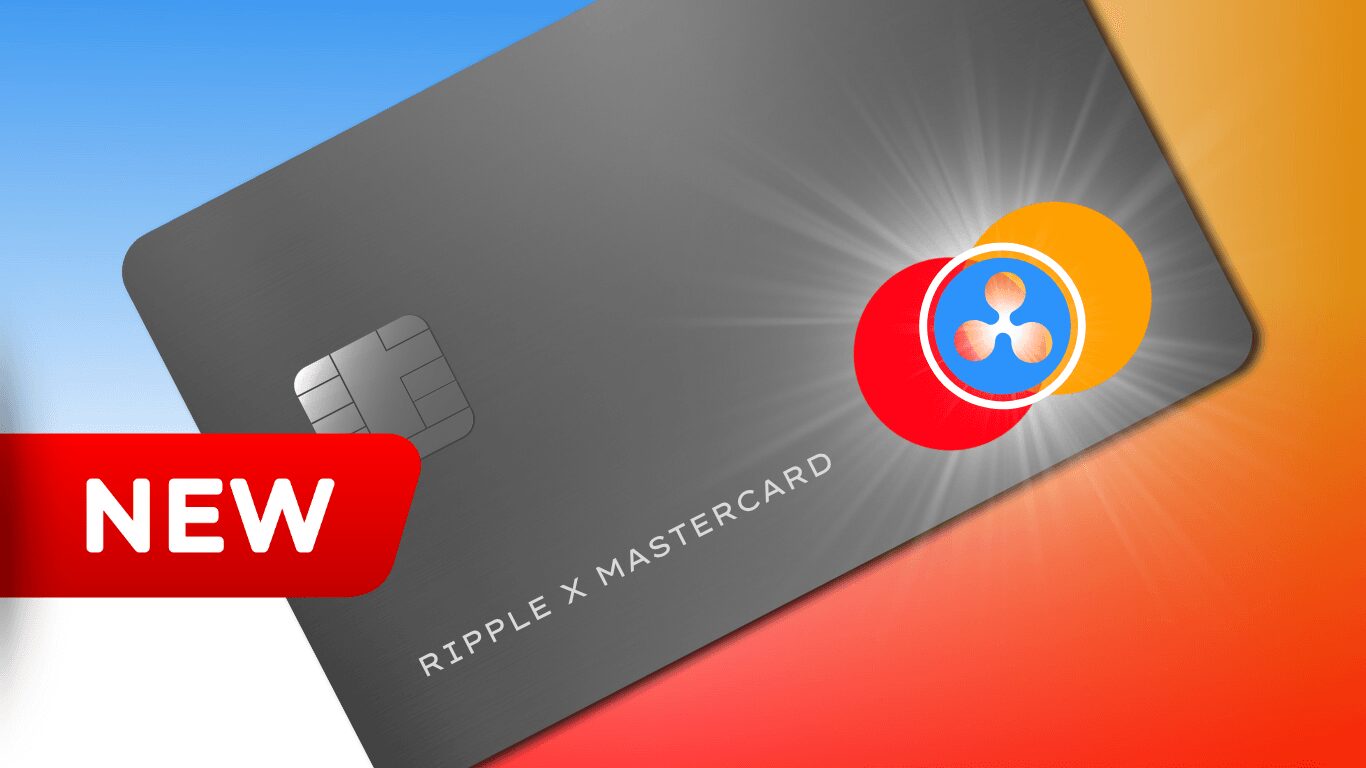
There is another attention-grabbing headline in the world of payments and cryptocurrencies. Ripple has partnered with Mastercard to $RLUSD Credit card payment Via XRP Ledger (XRPL).
At first glance, this partnership appears to be innovative. By combining the scale of traditional finance with blockchain architecture, we are making XRP more than just a speculative asset. Payment layer It has real world practicality.
But to understand how meaningful this is, you need to consider it against the backdrop of XRP’s recent turmoil, macro risks, and how things may play out in the future.
XRP: Recent trends and headwinds
Historical weaknesses and macro pressures
Recently, analysts asked, “Will XRP crash to $0 in November?” — The short answer is: noBut the warning was clear. The coming weeks will severely test that resilience.
For example, XRP trading around ~$2.19 failed to maintain the support zone around $2.30-$2.40, forming lower highs and lower lows.
Macro risks are weighing heavily, with economic indicators frozen due to the prolonged U.S. government shutdown, a strong dollar as investors seek safety, and risk-off sentiment hitting speculative tokens like XRP.
On the technical side, the support levels around $2.20 and $2.00 were marked as danger zones, and if they were broken, a path to lower levels such as $1.50 was considered possible.
Why this partnership is even more important now
Against this backdrop of uncertainty, the transaction with Mastercard… catalyst Requires XRP. This introduces concrete use cases and demonstrates institutional/traditional financial involvement rather than mere hype.
Ripple x Mastercard partnership: What’s at stake?
payment utility: By enabling $RLUSD (Ripple’s stablecoin) over Mastercard’s network on XRPL, the infrastructure supports faster interbank or cross-border transactions using XRPL’s ledger mechanism rather than traditional slower rails.
Institutional verification: Mastercard’s involvement sends a signal to large institutions and payment providers that the XRPL ecosystem can handle scale and compliance.
Liquidity and visibility: Increased trading volume and payment flows through XRPL could increase the demand for XRP (as a bridge currency) and increase XRPL’s profile.
Changes in market sentiment:While macro pressures continue, such partnerships could shift sentiment from ‘risk assets under pressure’ to ’emergence of utility tokens’, which could attract a different class of investors.
Current market snapshot and technological impact
XRP is trading around $2.27, showing a slight uptick but still under pressure.
General Market: The macro environment (strong dollar, inflation/interest rate uncertainty) remains a headwind, which is reflected in the recent altcoin correction.
Key technical level:
Immediate resistance: ~$2.50–$2.60 (breakout zone)
support: ~$2.20 and ~$2.00 — increases the risk of a deeper decline if these fail.
If XRP moves above around $2.30 and momentum changes (the Mastercard news is starting to move), the next target zone could be around $3.00 or higher, especially if the broader crypto market starts to recover.
Outlook: risks and opportunities
opportunity
- XRP could gain traction if partnerships start to be seen and adopted. new capitalbridges the gap from traditional finance to cryptocurrencies.
- Altcoins tend to rise when Bitcoin and market liquidity recovers, and XRP with its strong narrative could outperform.
- The shift in narrative from “just an altcoin” to “payment infrastructure” could appeal not only to traders but also to long-term institutional investors.
risk
- The macro environment remains fragile. A stronger-than-expected dollar strength and lower risk appetite could derail the altcoin rally.
- Execution Risk: Partnerships often take time to deploy in meaningful volumes. If implementation is delayed or adoption slow, the market may be disappointed.
- Technical Breakdown: A decisive break in the support level (< ~$2.20) could unravel the recent bullish narrative and strengthen previous bearish signals.
- Saturation: Given XRP’s market cap and past trading, much of the good news may have already been priced in, with limited upside potential unless adoption becomes large-scale.
what to see
- Partnership frequency: Announcements regarding pilot deployments, live payment flows, or updates to the Mastercard network, including XRPL, would fuel our bullish stance.
- macro signal: Inflation data, Fed commentary, dollar strength — because even the basic utility story can be difficult in a risk-off environment.
- technical breakout: A daily close above approximately $2.50 and volume signals a trend reversal. Conversely, a daily close below approximately $2.00 amplifies the risk of further decline.
- On-chain/volume data: Increases in XRPL trading volume, RLUSD issuance, institutional wallet activity, etc. will confirm utility activation, not just a narrative.
conclusion
The Mastercard-Ripple deal could be a turning point in XRP’s next chapter. After a period of structural weakness, macro headwinds, and technological stress, this type of infrastructure move injects substance into the XRP story.
Once the partnership is executed, adoption begins, and market sentiment changes, the XRP scenario could shift from “wait and see” to “momentum builds.” But it is conditional Consequences — Execution and macros still matter.
in short: yesIf the building blocks are in place, XRP could very well be primed for a massive comeback. Otherwise, the old risks will still remain.



